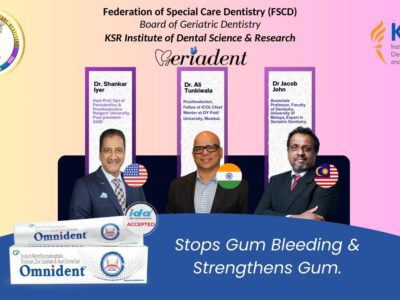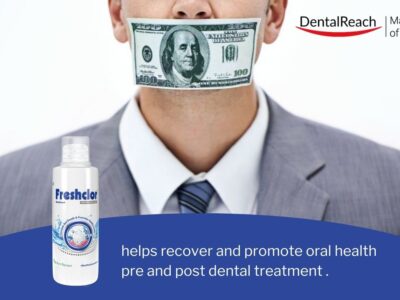Brush your teeth two to three times a day with a soft-bristled toothbrush for three minutes.
You can divide your mouth into four quadrants: upper right quadrant, upper left quadrant, lower right quadrant, and lower left quadrant.
Each quadrant must be brushed for 45 seconds. It is advisable to have a watch or hourglass on hand.
The positioning of the brush depends on the area you are going to brush:
- Start with the inner and outer surfaces: Position the toothbrush 45 degrees at the level of the gum and make small movements from the gum to the tooth, as if you were painting a wall. Also remember to clean the back of the last tooth
- Go to the chewing surfaces: Hold the brush flat and rub these surfaces.
- Once you reach the inner surfaces of your anterior teeth, tilt the brush vertically and clean these surfaces with the tip of the brush.
- Brush your tongue back and forth to eliminate food residue and odor-causing bacteria and freshen your breath.
What type of toothbrush to choose
Manual toothbrush or electric toothbrush?
The manual brush may be sufficient if you know how to brush your teeth by making roller movements while brushing “red to white” during the recommended three minutes. The main advantage is its low price. In addition, she is never short of battery and can easily be carried on a trip. However, its effectiveness is less good.
Which types of bristle do you prefer?
For people with no particular pathology, it is recommended to use toothbrushes with soft bristles, with a diameter of very fine filaments, of the order of 20 hundredths of a millimeter. Hard brushes cause tooth abrasion and gum retraction that can lead to dental and cosmetic problems.
What are the benefits of an electric toothbrush?
For the same brushing time, the electric brush removes more dental plaque than the manual toothbrush. It works alone and therefore requires less effort. It is important to “let work” the electric brush and not to do more wrist movements. Some brushes are also equipped with a timer that allows to better respect the three minutes of brushing. For children aged 7-8, it may be easier to use because their manual dexterity is worse than that of adults.
What are the disadvantages of an electric toothbrush?
The electric toothbrush is more expensive to buy. Vibration can also put some people off and the need to recharge can be a problem when traveling. In addition, an electric brush is often a little heavier than a manual brush because of its battery, which can be annoying for some elderly people. Nevertheless, the larger size of the handle generally allows a better grip.
What are the differences between electric brushes?
The former made a vertical back-and-forth movement. With their tilt-and-turn movement, the news is more powerful: the round brush head rotates on its axis, while adding a three-dimensional back-and-forth movement, which eliminates more plaque. There are also “sonic” brushes, which create vibrations.
We do not recommend “low end” brushes, battery operated, less efficient.
Which models of toothbrush to choose for children?
Better to choose a manual brush with soft bristles that can be used from 12 months, once a day. “Junior” brushes, manual or electric, have a small head, adapted to the size of the mouth of the child. From 7 to 8 years old, the “playful” side of the electric brushes can help the child find the brushing less time consuming, for example by playing a small music.
Are there toothbrushes for certain situations?
During pregnancy, the risk of gingival inflammation is higher due to hormonal changes.
A thinner toothbrush with bristles of 15 hundredths of a millimeter can be used if the gums bleed or are swollen and painful.
After dental surgery, dentists prescribe brushes with even finer hairs (7 hundredths of a millimeter). Very gentle, they can brush your teeth without pain. Then, a brush of 15 hundredths can be used on the painful gums then one returns to the normal toothbrush.
In the case of dental hypersensitivity, an electric brush with a sensitive brush head or a manual brush with very fine filaments is recommended. But they should only be used for a limited time because they are insufficient for good brushing.
For wearers of orthodontic appliances , the same as above or special brushes can be used, with specific bristle implantations to pass between the rings.
Bonus: Download our monthly e-bulletin!Click here to get it
DISCLAIMER : “Views expressed above are the author’s own.”




















Comments